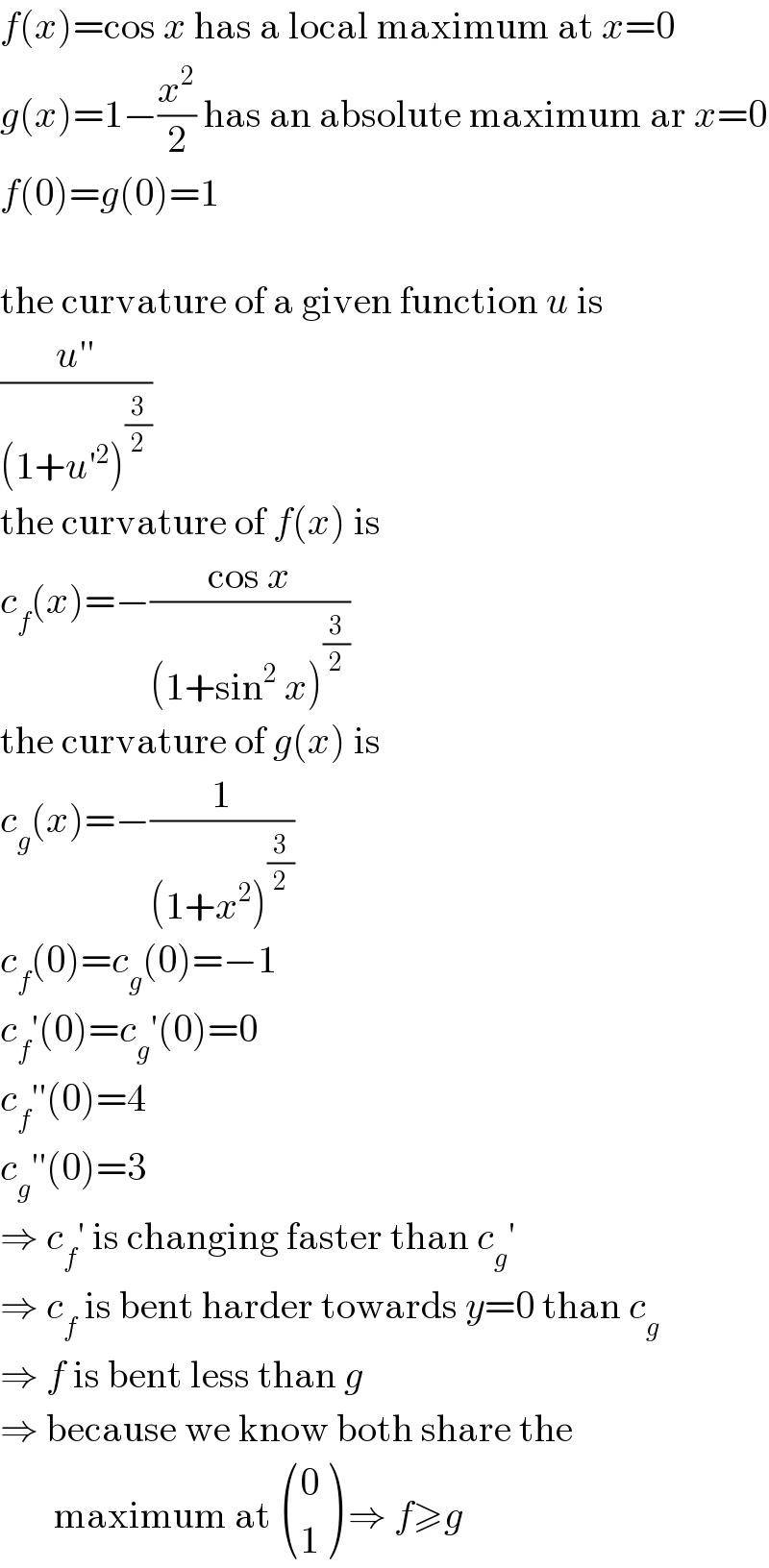
Question and Answers Forum
Question Number 61495 by bhanukumarb2@gmail.com last updated on 03/Jun/19

Commented by bhanukumarb2@gmail.com last updated on 03/Jun/19

Commented by bhanukumarb2@gmail.com last updated on 03/Jun/19

Commented by tanmay last updated on 03/Jun/19

Commented by tanmay last updated on 03/Jun/19

Commented by tanmay last updated on 03/Jun/19

Commented by tanmay last updated on 03/Jun/19

Commented by tanmay last updated on 03/Jun/19

Answered by MJS last updated on 03/Jun/19

